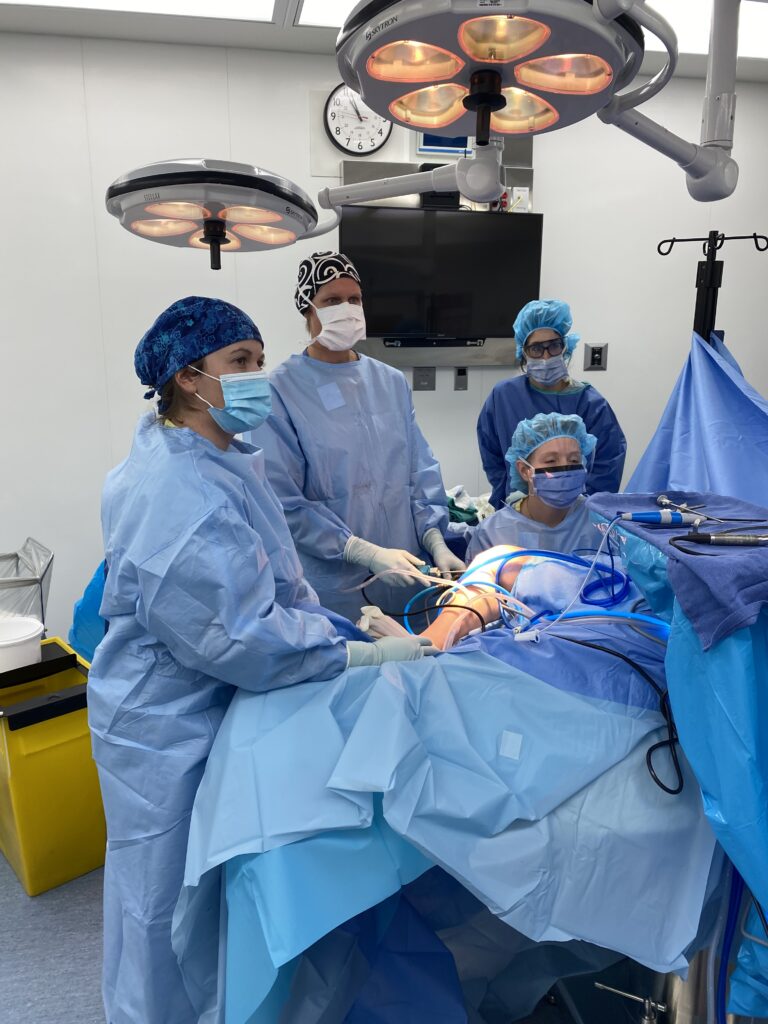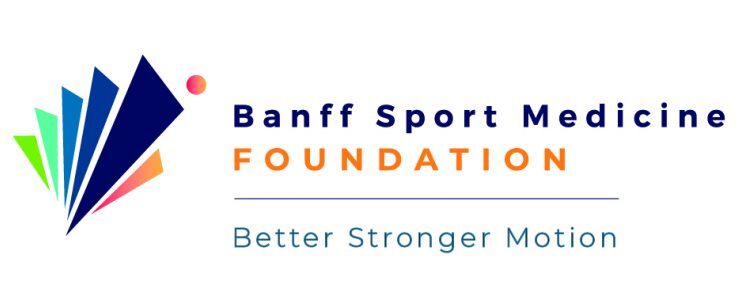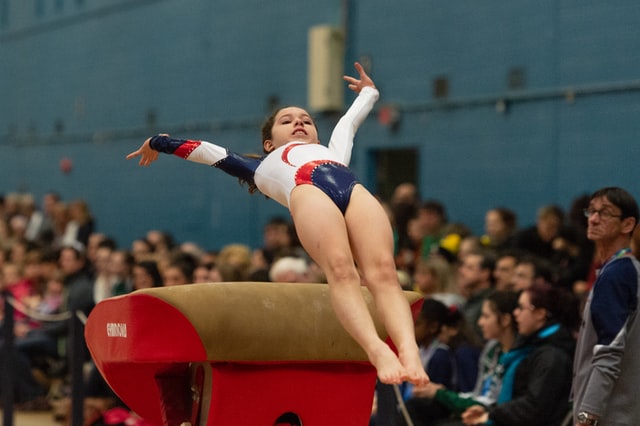The Medial Patellofemoral Ligament (MPFL): The Basics
The medial patellofemoral ligament (MPFL) is a ligament that connects the inner edge of the kneecap (patella) to the thigh bone (femur). Its main function is to stabilize the kneecap and prevent it from dislocating to the outside of your knee.

How can injuries to the MPFL occur?
Injury to the MPFL can occur if the knee experiences a forceful or traumatic event where the patella dislocates or becomes partially dislocated (subluxated) to the outside of the knee, such as with an abrupt change in direction, a direct force, or a twisting motion of the knee. When this happens, the MPFL can become partially or fully torn.
These injuries are most frequently seen in sports or other physical activities, particularly those involving jumping, pivoting, or rapid movements.
Injury to the MPFL can also occur in people with certain anatomy that predisposes them to patella dislocations or subluxations, such as a high kneecap (patella alta), loose joints (ligamentous laxity), and a flatter patellofemoral joint (trochlear dysplasia).
When the MPFL gets injured, it can lead to patellar instability, where the patella frequently dislocates or partially dislocates from its normal position. Repeated dislocations also increases the risk of damage to the cartilage to the knee, which increases the risk of developing osteoarthritis later on in life.
— Learn more about patellar instability and common risk factors here —
What are the symptoms of MPFL injury?
Common symptoms of MPFL injury include:
- Knee instability or a feeling of “giving way” in the knee
- Buckling of the knee
- Knee pain while sitting
- Knee stiffness
- A catching sensation within the knee joint when straightening or bending the knee
- Swelling in the knee, or kneecap pain, after activity or exercise
- Crackling or crunching sounds (crepitus) when the knee is moved
When should surgery be considered?

Injury to the MPFL can be treated without surgery, particularly if patella dislocation was minimal with no additional injury.
However, surgery may be considered when:
- Non-surgical treatments such as physical therapy and bracing don’t work.
- The MPFL has been severely torn.
- The patient has had a prior dislocation.
- The patient has other anatomical anomalies that put them at higher risk for recurrent dislocation e.g. patella alta, trochlear dysplasia.
What is MPFL reconstruction?
The main goal of MPFL reconstruction is to restore patella stability and prevent further dislocations and damage to the knee joint.

The procedure involves replacing the torn MPFL with either a hamstring or quadriceps tendon from your own body (autograft) or from a donor tendon (allograft).
The choice of graft and surgical technique may vary depending on your specific condition and the surgeon’s preference.
To thoroughly check the structures in the knee and assess other injuries, every surgery includes a full knee arthroscopy using two small arthroscopy incisions. The new MPFL graft is attached to the patella using two small plastic anchors and an absorbable screw attaches the graft to the femoral bone side. The graft will integrate with the bone in 3–4 months, although complete healing before returning to sports can take up to 2 years.
— WATCH a short video to learn more about MPFL reconstruction —
What to expect after MPFL surgery?
Following MPFL reconstruction, how well you stick to a comprehensive rehabilitation program is crucial to optimize your outcomes and restore knee function.
Protected weight-bearing, range-of motion exercises, quadriceps, core and hip strengthening, physiotherapy, cold therapy, and a cautious return to activities are all part of the rehabilitation protocol. Depending on individual factors and surgical technique, the duration and intensity of rehabilitation may vary.
— Learn more about cold therapy use after surgery here —
Following surgery, a locking knee brace (as shown above) is typically worn for up to 4-6 weeks to protect the knee. When you can do a straight leg raise by firing your quadriceps muscles, you can then transition to a patellar stabilizing brace (PSB).

In addition, physical therapy will play a key role in your recovery for approximately 6 – 12 months after surgery. Initially, the focus may be on pain management, reducing swelling, and regaining range of motion.
As healing progresses, exercises to strengthen the knee muscles and improve stability will be introduced.
The timeline for returning to normal activities or sports will depend on your progress, the success of the surgery, and the recommendations of the surgeon and physical therapist. Following their guidance is vital for a safe and effective recovery.
Lastly, patients are typically advised to avoid activities that could put excessive stress on the knee joint, such as high-impact sports or activities involving sudden changes in direction, for a certain period of time following surgery.
Return to sport is based on progression to sport specific activities and depends on quadriceps, hip and core strength and control. Most patients take between 6 months to 2 years to rehabilitate well enough to return to sport, although some patients may return slightly earlier.
Contributing Expert

Maria Mohorea, Health Science Honors Student, McMaster University
References
Kay, J., Memon, M., Ayeni, O. R., & Peterson, D. (2021). Medial Patellofemoral Ligament Reconstruction Techniques and Outcomes: a Scoping Review. Current reviews in musculoskeletal medicine, 14(6), 321–327.
Steiner, T. M., Torga-Spak, R., & Teitge, R. A. (2006). Medial patellofemoral ligament reconstruction in patients with lateral patellar instability and trochlear dysplasia. The American journal of sports medicine, 34(8), 1254–1261.
Vermeulen, D., van der Valk, M. R., & Kaas, L. (2019). Plaster, splint, Brace, tape or functional mobilization after first-time patellar dislocation: What’s the evidence? EFORT Open Reviews, 4(3), 110-114.







